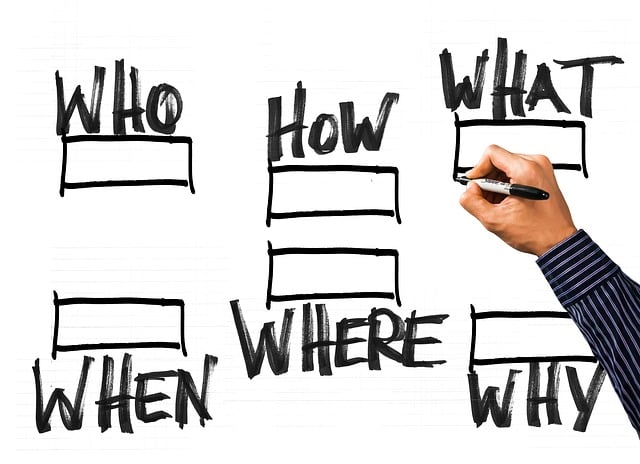Emergencies can strike at any moment, catching us off guard and leaving us vulnerable. From natural disasters to unexpected events, having a comprehensive family emergency plan in place is crucial for ensuring the safety and well-being of your loved ones. In this guide, we’ll explore the key steps to create a robust family emergency plan that addresses various scenarios, providing you with peace of mind and readiness for the unexpected.
Why Do You Need a Family Emergency Plan?
Understanding the Importance
Creating a family emergency plan is not just about ticking off a checklist; it’s about safeguarding your family’s security. Disasters can happen without warning, and having a well-thought-out plan can mean the difference between chaos and order in the face of adversity. In the face of unforeseen challenges, the importance of having a family emergency plan cannot be overstated. It serves as the bedrock for ensuring the safety and well-being of your loved ones during times of crisis.
Identifying Potential Risks and Vulnerabilities
Start by assessing the potential risks in your area. Even if it’s earthquakes, floods, or power outages, understanding the specific threats your family may face is the first step in creating a tailored emergency plan.
Building Your Comprehensive Family Emergency Plan
Establishing Communication Protocols
Identify and list emergency contacts both within and outside your immediate family. Ensure everyone knows how to reach these contacts and establish a reliable communication chain.
Creating a Communication Hub
Set up a designated area in your home as a communication hub. Equip it with essentials like a battery-powered radio, flashlights, and a charging station for mobile devices.
Evacuation Strategies
Map out multiple evacuation routes from your home and designate meeting points. Practice these routes regularly to ensure everyone is familiar with the escape plan.
Assembling Emergency Kits
Prepare emergency kits for each family member, including essentials like non-perishable food, water, medications, and important documents. Tailor these kits to meet the specific needs of each family member, including pets.
Addressing Special Considerations
Ensure your plan accounts for the unique needs of children and elderly family members. This may involve having special supplies, medications, or additional support.
Pets
Don’t forget about your furry family members. Include pet necessities in your emergency kits and have a plan in place for their evacuation and care.
Staying Informed
Stay informed about local weather conditions and emergency alerts. Sign up for alerts through community notification systems to receive timely information.
Establishing a Community Network
Connect with neighbors and community members to share information and resources. A strong community network enhances overall resilience in times of crisis.
Testing and Updating Your Plan
Practice makes perfect. Conduct regular emergency drills to ensure everyone in the family is familiar with the plan and can execute it confidently.
Periodic Reviews
As circumstances change, so should your emergency plan. Review and update your plan at least annually to account for any changes in family dynamics, contact information, or community resources.
Conclusion
Creating a comprehensive family emergency plan is a proactive step toward ensuring the safety and well-being of your loved ones during unexpected events. By establishing clear communication protocols, evacuation strategies, and addressing special considerations, you’re laying the foundation for a resilient and prepared family. Regular testing and updates are key to maintaining the effectiveness of your plan over time. Recall that being prepared is not just about facing the unknown; it’s about facing it together as a united and resilient family.







